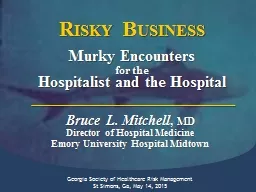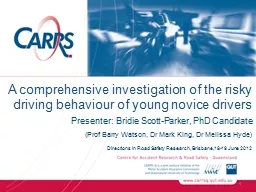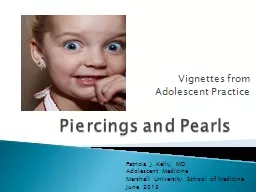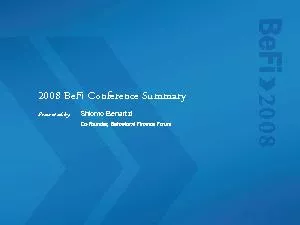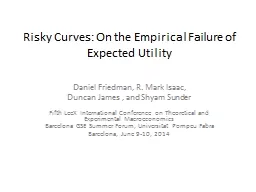PPT-Risky Business Murky Encounters
Author : sherrill-nordquist | Published Date : 2020-01-31
Risky Business Murky Encounters for the Hospitalist and the Hospital Georgia Society of Healthcare Risk Management St Simons Ga May 14 2015 Bruce L Mitchell MD
Presentation Embed Code
Download Presentation
Download Presentation The PPT/PDF document "Risky Business Murky Encounters" is the property of its rightful owner. Permission is granted to download and print the materials on this website for personal, non-commercial use only, and to display it on your personal computer provided you do not modify the materials and that you retain all copyright notices contained in the materials. By downloading content from our website, you accept the terms of this agreement.
Risky Business Murky Encounters: Transcript
Download Rules Of Document
"Risky Business Murky Encounters"The content belongs to its owner. You may download and print it for personal use, without modification, and keep all copyright notices. By downloading, you agree to these terms.
Related Documents

